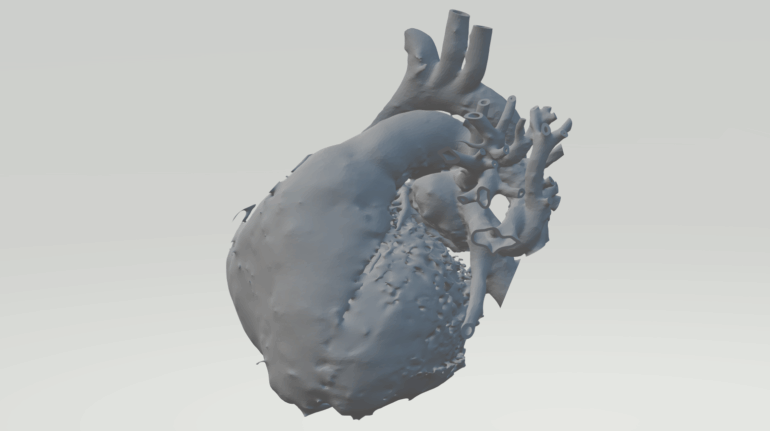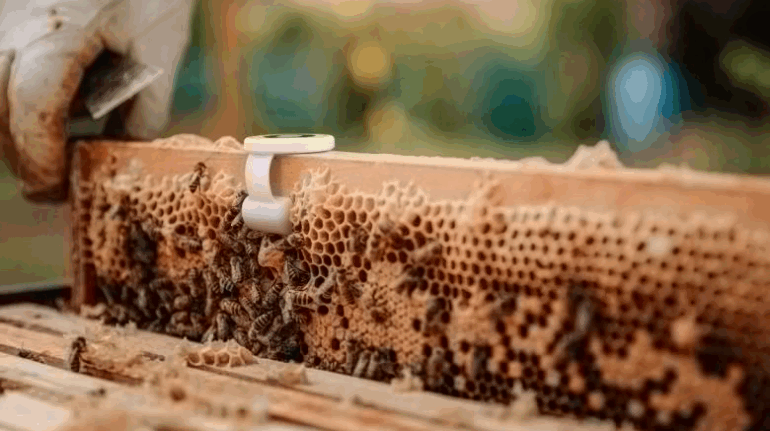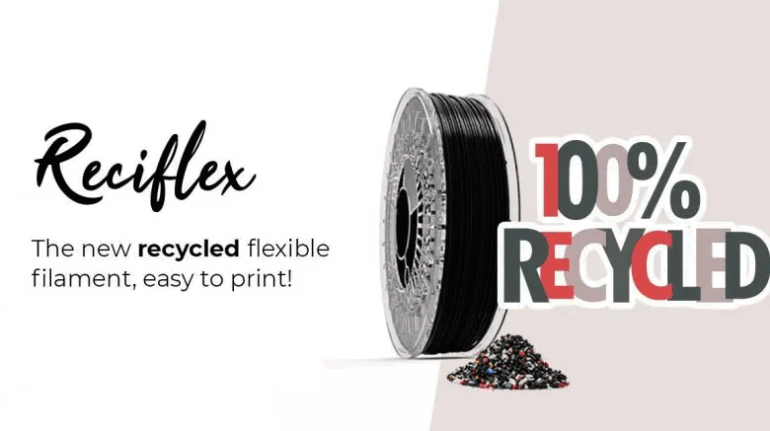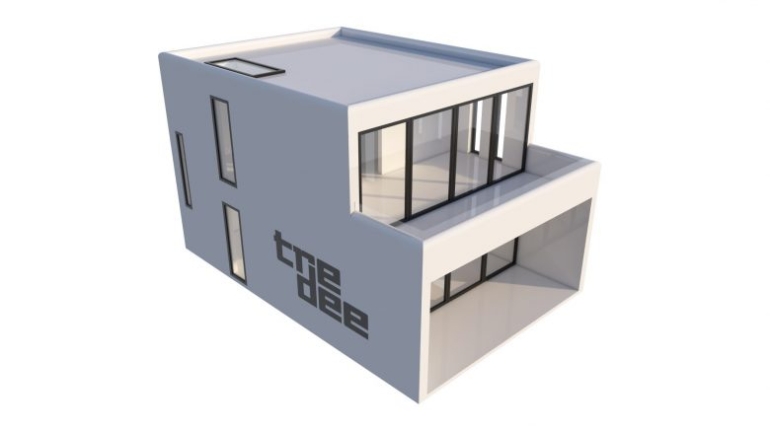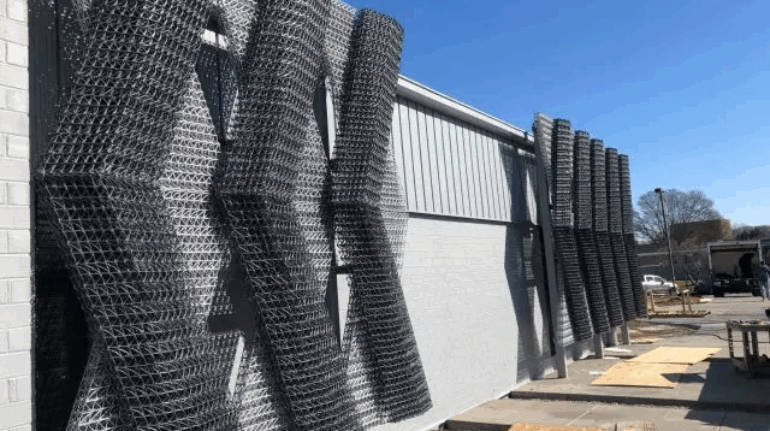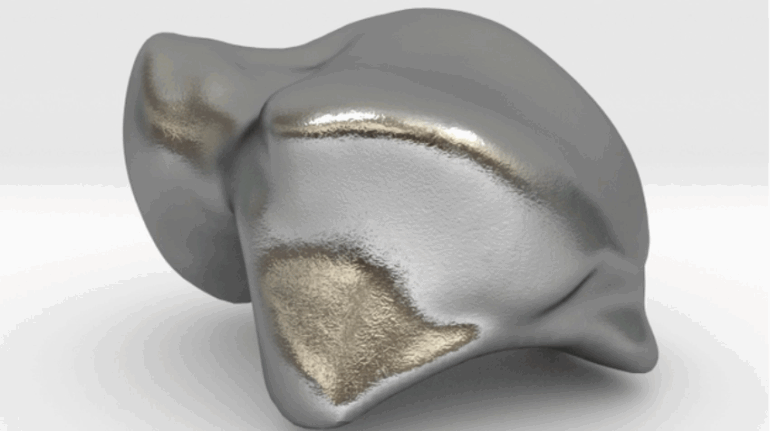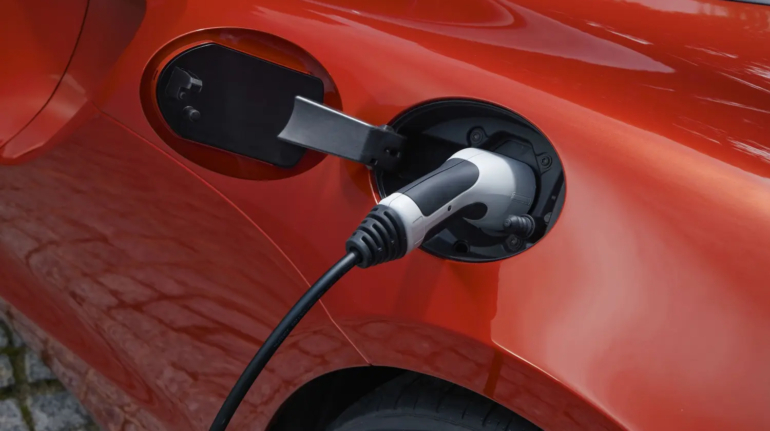FEV and LeiMot Partners Create Lighter Diesel Engine with AM
Reducing vehicle weight reduces CO2 emissions and remains a key concern for auto manufacturers. FEV and its partners in the LeiMot (Lightweight Engine) research project use additive manufacturing to demonstrate further combustion engine emission economies. FEV engineers were able to make engine functions, such as cooling or oil circulation, more efficient. Large assemblies of a passenger car reference diesel engine weight in around 21 percent lighter.



